Frame Generation (FG) was introduced for the Nvidia RTX 40-series GPUs, and it uses AI to generate frames for a significant bump to FPS in a lot of games. However, that technology was limited to the RTX 40-series GPUs. That said, AMD was able to release a counterpart that worked with even older RTX 20 and 30-series Nvidia GPUs.
Now, Nvidia may bring official FG support to RTX 30-series GPUs, giving them a second wind in this era of RTX 50-series that natively supports frame generation and other latest Nvidia technologies. For now, there is no official timeline, but things do look hopeful.

Related
The Best GPUs to Dominate in THE FINALS
Finding the right GPU for THE FINALS can be tricky so here’s a guide to help make the purchase decision easier.
Frame Generation Potentially on RTX 30-series GPUs
According to an interview conducted by Digital Foundry at CES 2025 with Nvidia’s VP of Applied Deep Learning Research, Bryan Catanzaro, Nvidia is not ruling out FG support for RTX 30-series GPUs.
When asked about what’s preventing FG from working on those GPUs, Catanzaro responded by saying the following:
“I think this is primarily a question of optimization and also engineering and then the ultimate user experience, so we’re launching this frame generation, the best multi-frame generation technology with the 50-series, and we’ll see what we’re able to squeeze out of older hardware in the future”.
-
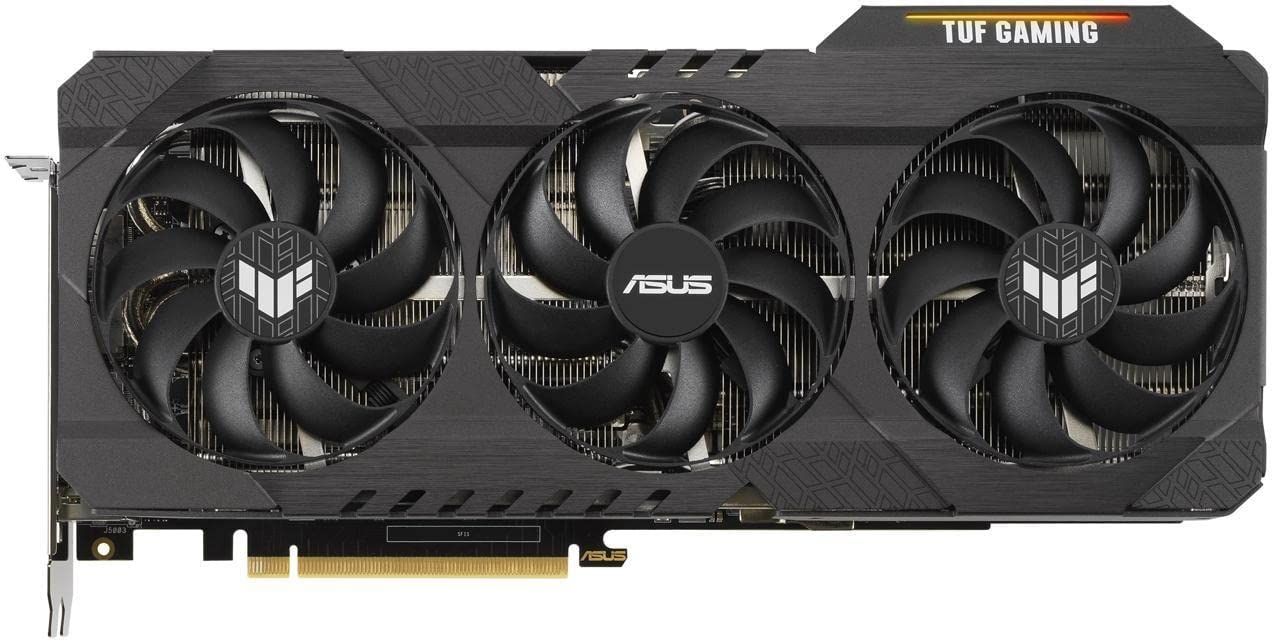
ASUS TUF Gaming NVIDIA GeForce RTX 3070 Ti GPU
The ASUS TUF Gaming NVIDIA GeForce RTX 3070 Ti is an advanced graphics card that features NVIDIA’s Ampere Streaming Multiprocessors. These are the foundational elements of the world’s fastest and most efficient GPUs, offering double the FP32 throughput and improved power efficiency compared to previous generations.
The graphics card also benefits from 2nd Generation RT Cores, delivering twice the throughput of the 1st gen RT Cores. This allows for concurrent Ray Tracing and shading, which elevates the overall ray tracing performance.
-

MSI GeForce RTX 3080 Ventus 3X Plus LHR 10GB
The MSI GeForce RTX 3080 Ventus 3X Plus graphics card is based on the high-performance NVIDIA GeForce RTX 3080. It’s one of the most powerful GPUs on the market, although NVIDIA has already released its successor. Providing excellent 4K performance, the card has 10 GBs of GDDR6X memory using a 320-bit memory interface and a boost clock speed of up to 1740 MHz. This graphics card supports ray-tracing, DLSS 2.0, and comes with 3 DisplayPort 1.4a ports and 1 HDMI 2.1 connection.
-
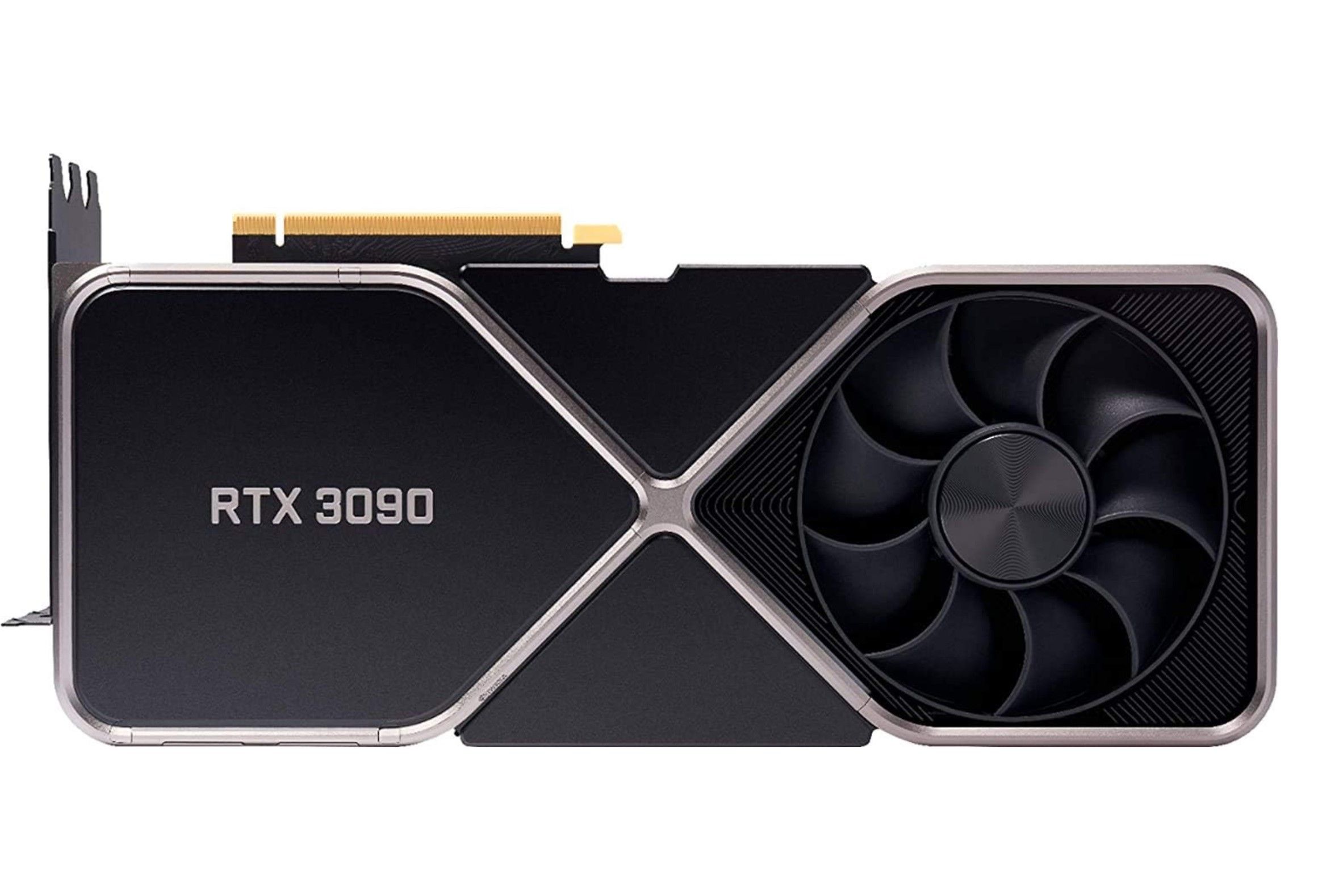
NVIDIA GeForce RTX 3090 Founders Edition
Benefiting from NVIDIA’s Ampere technology, the GeForce RTX 3090 is one of the first graphics cards capable of pushing 60 fps or higher at 8k resolutions. With more ray tracing and tensor cores, the RTX 3090 is a beast of a GPU for anything from gaming to intensive video editing. The 24 GB of memory in this graphics card allows professionals to reach their creative peaks, while NVLink maximizes the combined horsepower of CPU and GPUs.
While this isn’t an actual confirmation, the response suggests that the company may have something in the pipeline that could potentially boost FPS in games running on older Nvidia GPUs, most likely the RTX 30-series, but also possibly the RTX 20-series cards.
There is no timeline for when users can expect the technology to arrive and if people will even care at that point. As mentioned earlier, AMD’s AFMF or AMD Fluid Motion Frames, which is the Red Team’s answer to Nvidia Frame Generation tech, already works on RTX 20 and 30-series GPUs, and even RTX 10-series cards. It is not perfect, but it works.
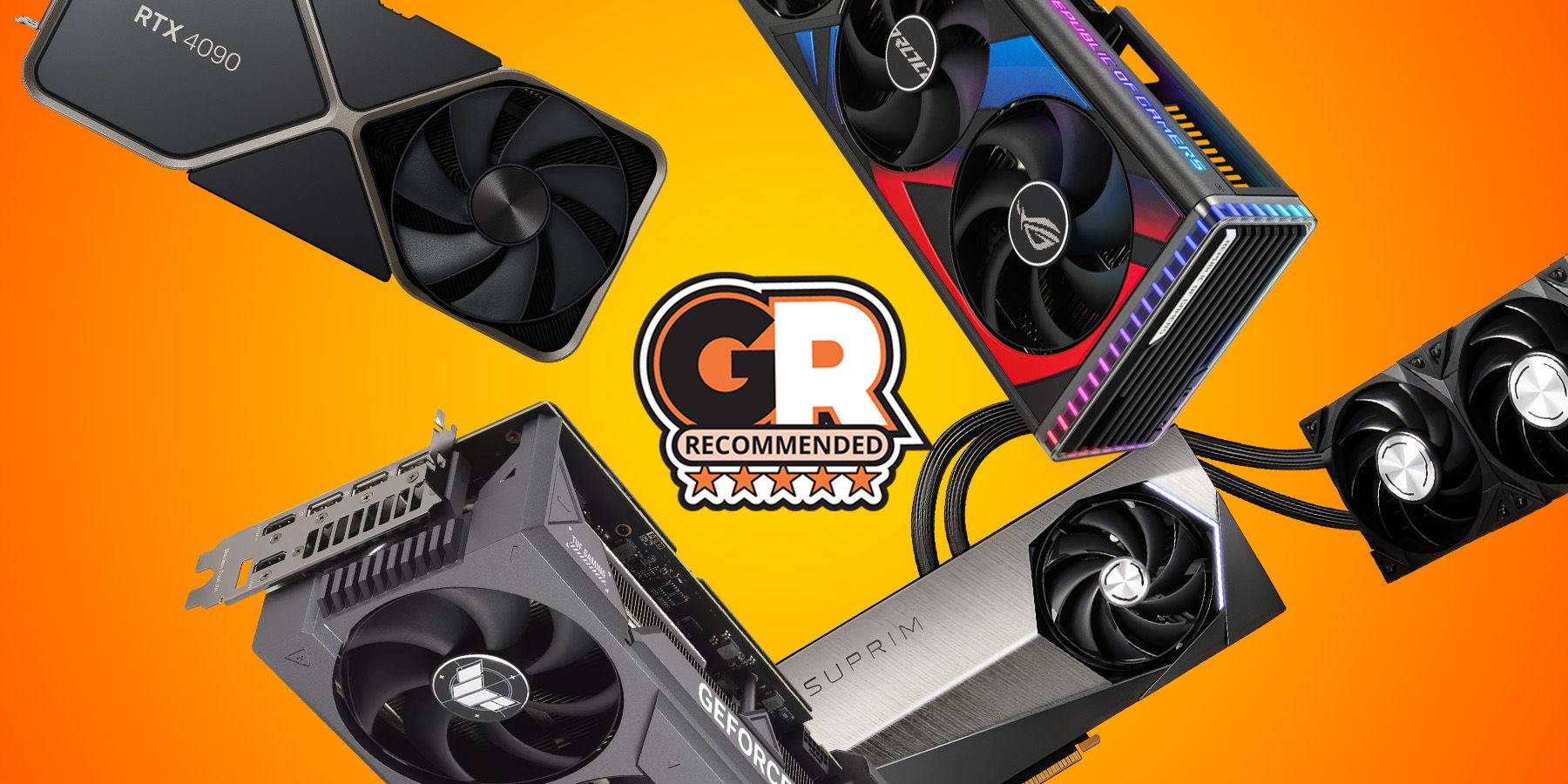
Related
As it stands now, Nvidia’s DLSS 4 feature set, which includes DLSS multi-frame generation, ray reconstruction, super resolution, Deep Learning Anti-Aliasing (DLAA), will partially make its way to Nvidia RTX 20, 30, and 40-series GPUs with RTX 20 and 30-series cards missing out on the frame generation part. However, this new interview hints at some changes and improvements in that area.
It is known that there are hardware limitations with older GPUs that keep them from running the latest and greatest Nvidia technologies like frame generation, but there might be a way to circumvent those limitations. AMD had also initially planned for AMD FidelityFX Super Resolution 4 (FSR 4) to be exclusive to the latest RDNA 4 GPUs but later on hinted at optimizing the technology to work with RDNA 3 architecture.
Regardless of when it actually comes to fruition, this is still good news for owners of older Nvidia GPUs as they may be able to hold off on upgrading for a bit longer. This will allow them to squeeze even more performance than they already have, giving them more value for their purchase.
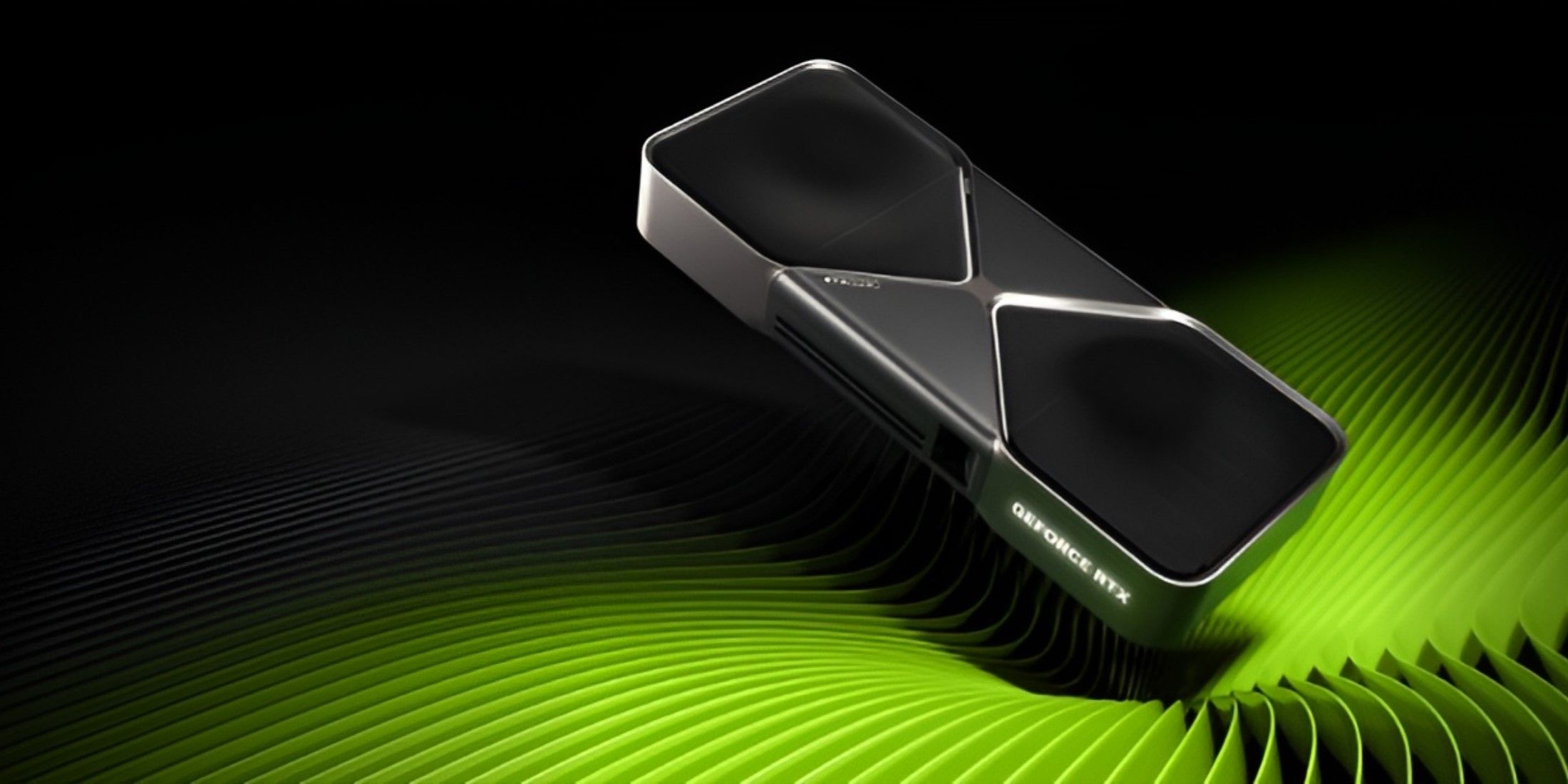
More
Nvidia RTX 5080 and 5090 May Be in Extremely Short Supply at Launch
A rumor suggests the Nvidia RTX 50 series of graphics cards could be in extremely limited supply at launch as the release dates near.
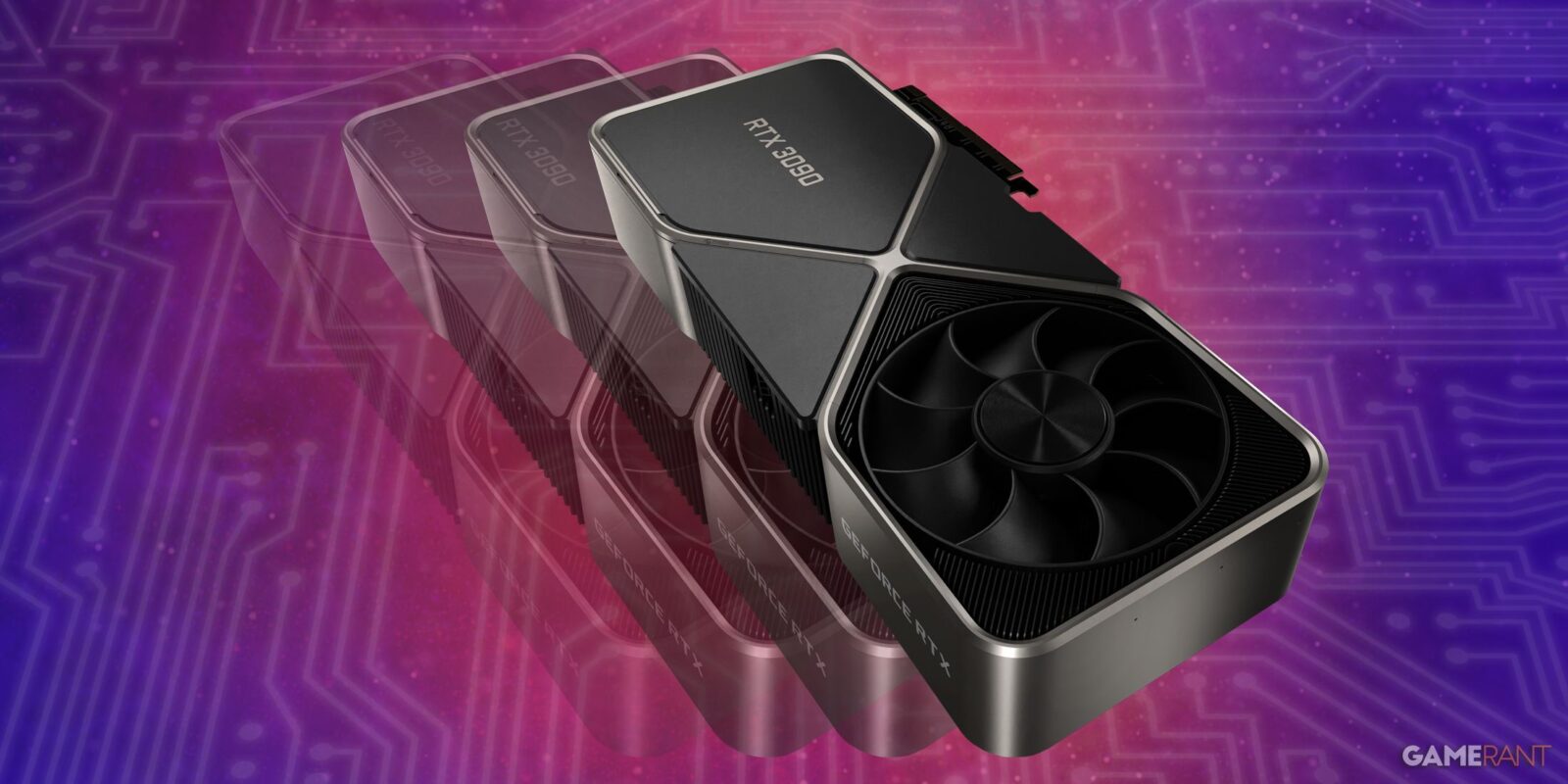

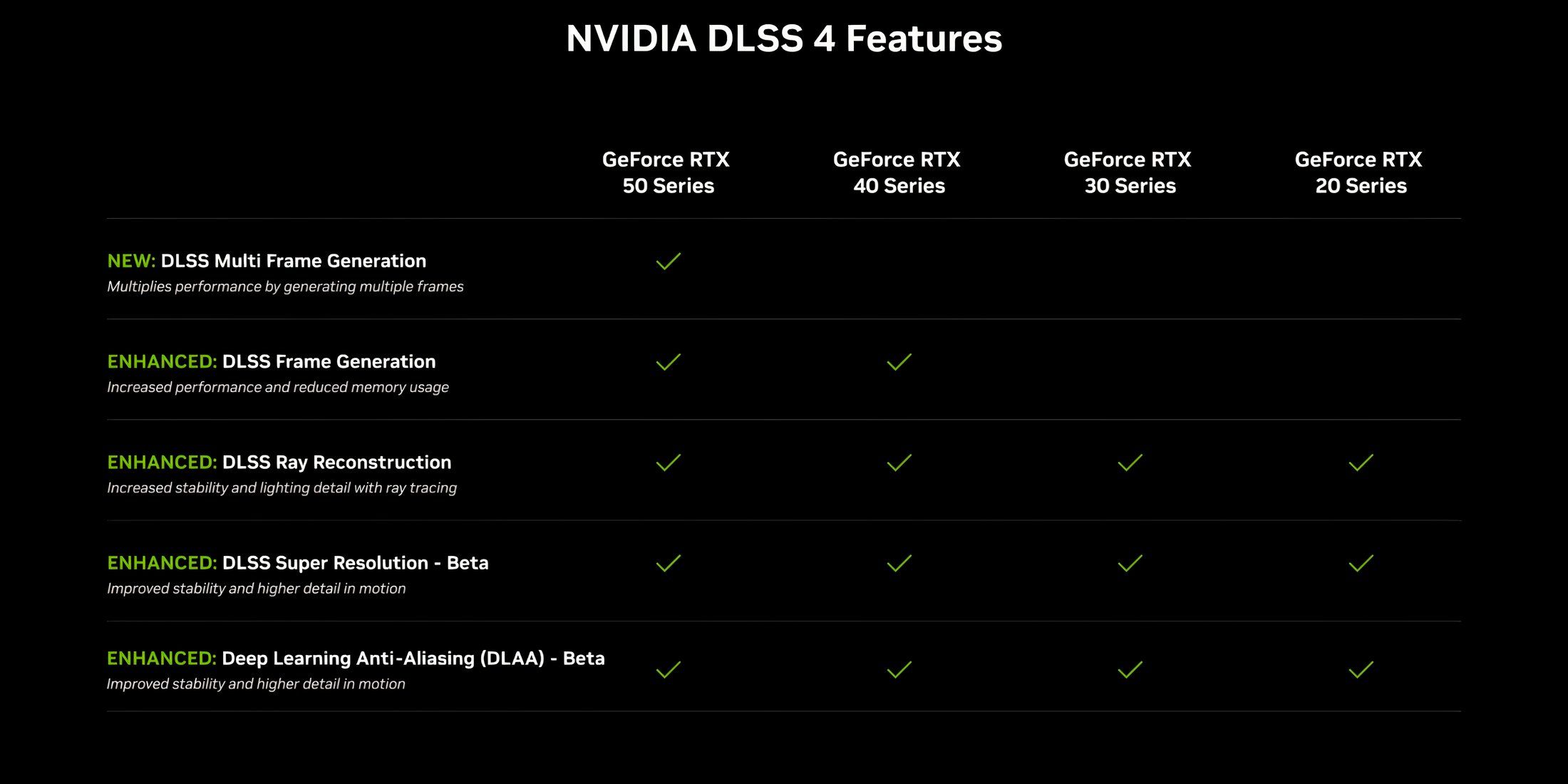



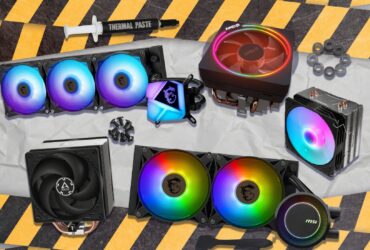
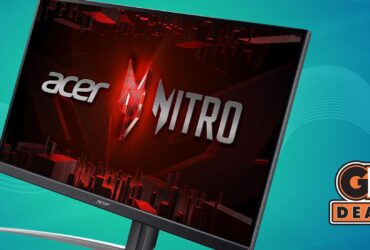



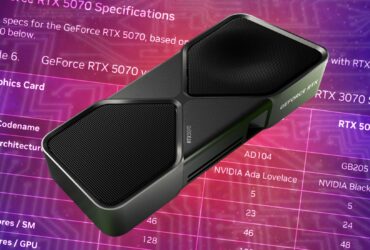
Leave a Reply